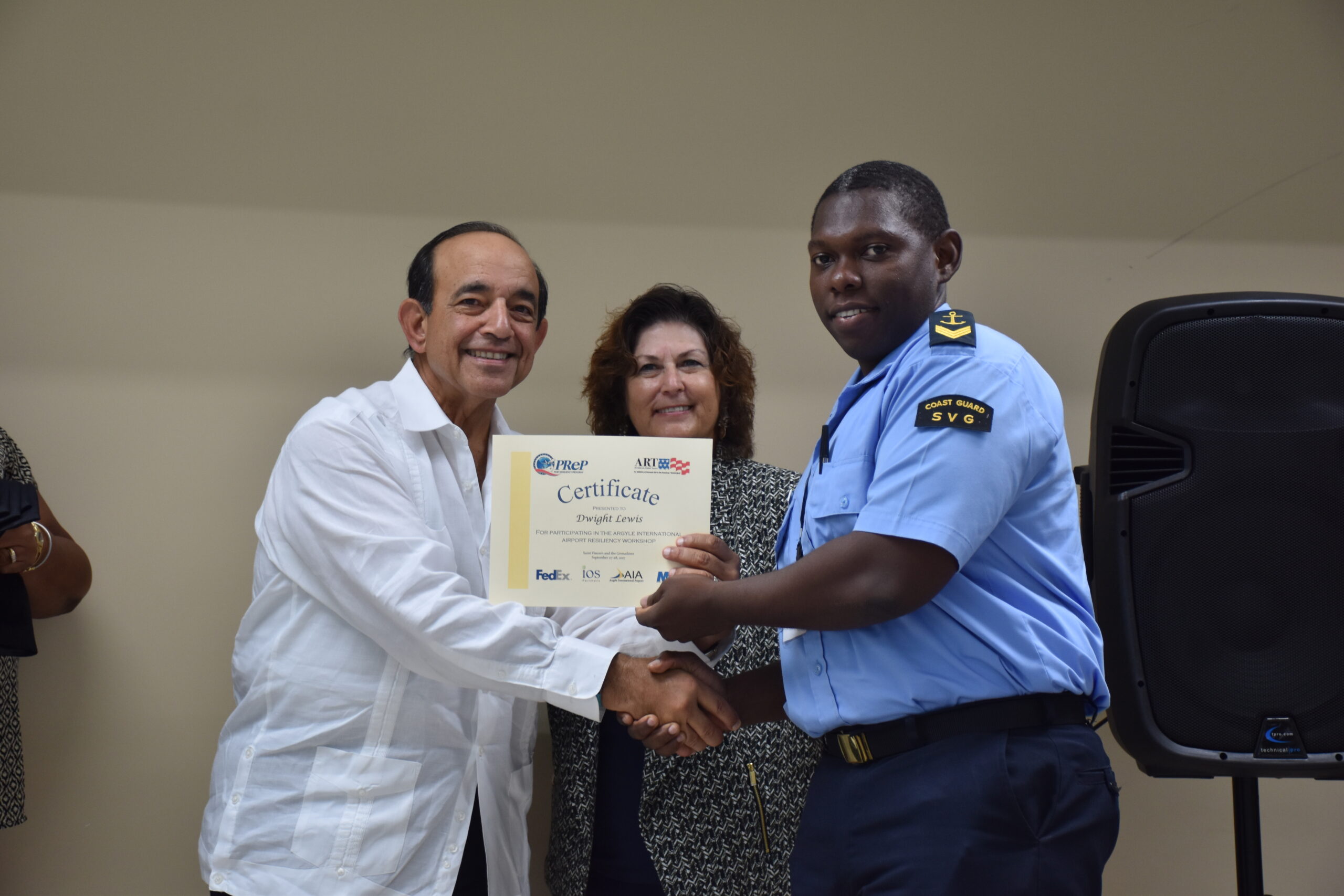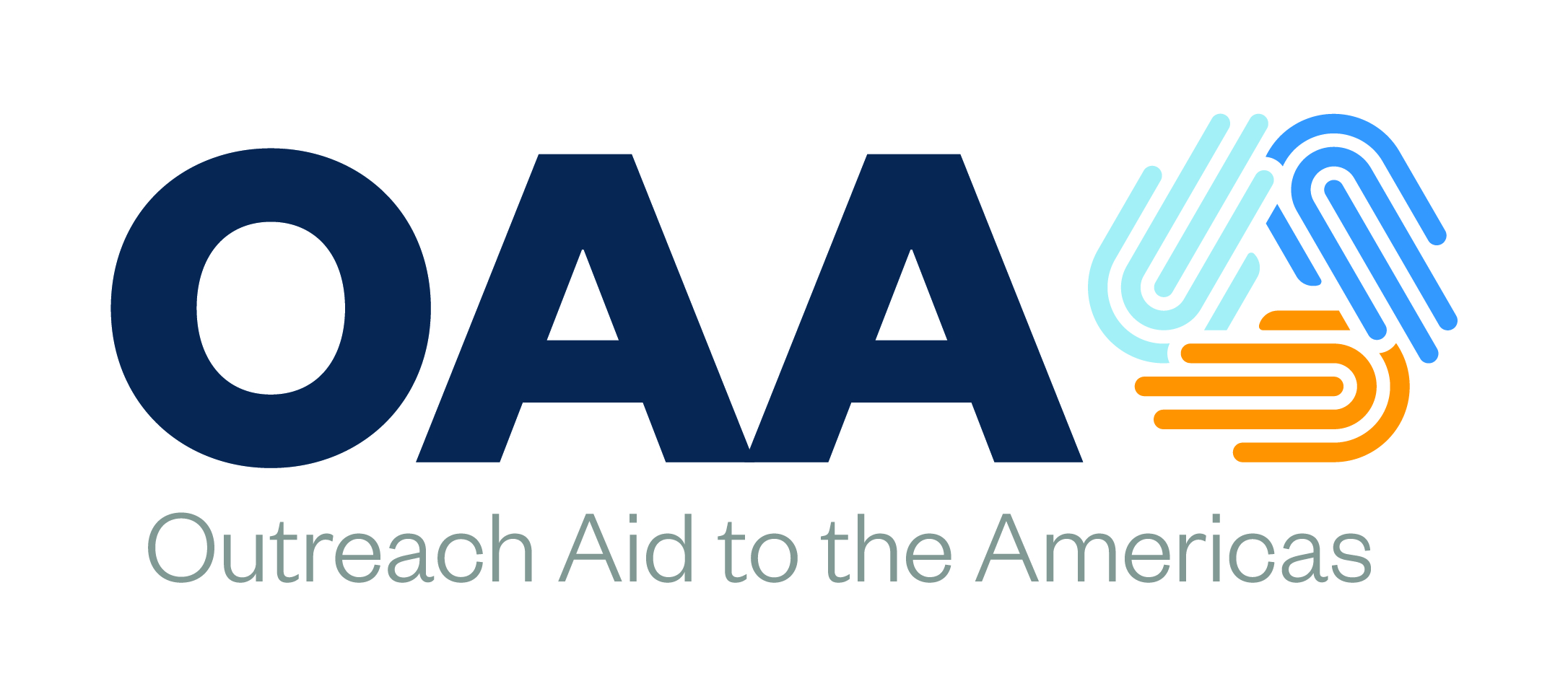
Preparedness or Resilience is the ability of people, households, communities, countries, and systems to mitigate, adapt to, and recover from shocks and stresses in a manner that reduces chronic vulnerability and facilitates inclusive growth.
Why Airports and Seaports?
ART’s Community Port Resiliency Preprogram (C-PReP) works by guiding each port through a self-assessment of its plans, preparedness, equipment, and capability to function during disaster response and relief activities. ART analyzes the self-assessment and associated plans and documents, then stages a workshop with the airport or seaport and its stakeholders (e.g., tenants, local agencies, and national agencies) to identify gaps and plan targeted training to address those gaps.
Following the workshop, a C-PReP Team consisting of subject matter experts, trainers, and exercise evaluators will visit the airport to deliver the requested training and to evaluate learning outcomes and airport readiness. The final activity during the site visit is the development of a work plan for the airport and its partners to close any remaining gaps and to further improve resiliency. If requested, C-PReP will also match each airport with a mentor airport.
Why Focus Disaster Preparedness In Urban Areas?
Urban disasters frequently cause loss of employment and higher prices for food, water and other essentials. This means disasters disproportionately hit the urban poor, because prices for items they need increase most at the same time the family has less money to spend. And worse still, the urban poor – particularly migrants – often do not have financial, social and physical assets (i.e., money, connections and property) to rely on. So when disaster occurs in an urban area, the response cost and economic impact is significant, and the problems grow in magnitude.


